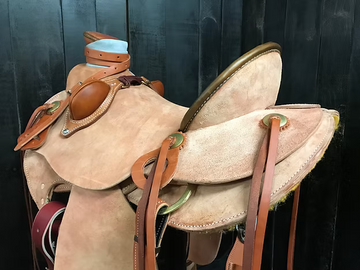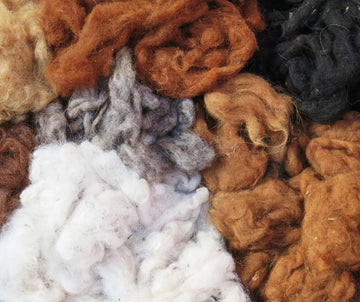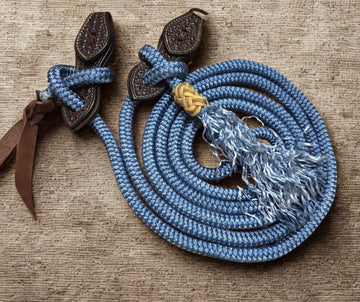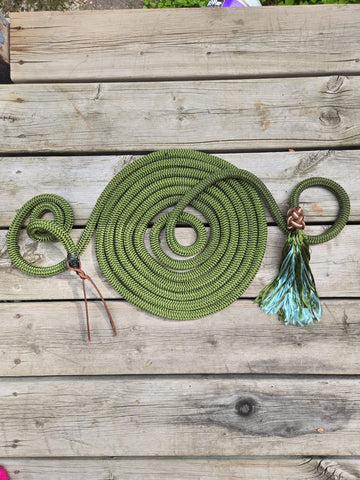Have you ever heard of "rough-out" saddles and wondered what makes them unique? Let's delve into everything you need to know about these specialized western saddles.
Understanding Rough-Out Leather
Rough-out saddles are crafted using a specific type of leather known for its durability and grip. This leather is typically sourced from the underside of the hide, providing a rough texture that offers excellent traction for riders.
Leather Grading in Canada and the US
In Canada, leather grading is a meticulous process that ensures only the highest quality hides are used for saddle making. Similarly, the US follows strict guidelines to classify leather based on its quality and characteristics, guaranteeing top-notch materials for rough-out saddles.
Benefits of Rough-Out Leather on Western Saddles
Western riders often prefer rough-out saddles for their superior grip, especially during activities like roping and cutting where stability is crucial. The textured surface of rough-out leather helps riders stay secure in the saddle, enhancing their performance.
Why Riders Enjoy Rough-Out Saddles
Horse riders appreciate rough-out saddles for the added security they provide, allowing them to focus on their riding without worrying about slipping. The durability of rough-out leather also ensures that these saddles can withstand the rigors of regular use.
Cons of Rough-Out Saddles
While rough-out saddles offer excellent grip, some riders may find the rough texture uncomfortable, especially during long rides. Additionally, maintaining the appearance of rough-out leather can be more challenging compared to smooth leather.
Rough-Out Saddles in English Riding
Interestingly, rough-out saddles are not commonly found in English saddle construction. English riders often rely on grippy parts on their breeches to provide the necessary traction during fast-paced events like jumping or eventing. This specialized gear serves a similar function to rough-out leather in western saddles.
Now that you have a better understanding of rough-out saddles, you can appreciate the craftsmanship and functionality behind these unique pieces of equestrian equipment. Whether you're a western rider looking for enhanced grip or simply curious about saddle construction, rough-out saddles offer a fascinating glimpse into the world of horse riding gear.
When it comes to western saddles, one term that often comes up is "rough-out." But what exactly does this mean, and why is it so popular among horse riders? Let's delve into everything you need to know about rough-out saddles.
What is Rough-Out Leather?
Rough-out leather is a type of leather that has the rough side of the hide facing outwards, providing a textured surface for better grip. This type of leather is commonly used in western saddles to help riders stay secure in the saddle, especially during fast-paced events like barrel racing or cutting.
Leather Grading Process in Canada
In Canada, leather is graded based on the quality of the hide, with grades ranging from top grain to split leather. Rough-out saddles often use top grain leather for the outer layer, as it is more durable and provides better grip for riders.
Leather Grading Process in the US
In the US, leather grading follows a similar process, with top grain leather being the preferred choice for rough-out saddles. The grading system ensures that only the highest quality leather is used for these specialized saddles.
Why Choose Rough-Out Saddles?
Riders who prefer rough-out saddles enjoy the added grip and security it provides, especially during high-intensity riding activities. The textured surface helps prevent slipping and sliding, allowing riders to focus on their performance without worrying about stability.
Cons of Rough-Out Saddles
While rough-out saddles offer excellent grip, they can be harder to clean and maintain compared to smooth leather saddles. The rough texture can trap dirt and sweat, requiring more effort to keep the saddle looking its best.
Why Not Common in English Saddle Construction?
Rough-out saddles are not commonly found in English saddle construction because English riders often rely on other methods for grip and stability. Many English riders use breeches with grippy patches on the seat, knees, or inner thighs, such as full seat, half seat, or knee patch breeches, to achieve the same effect as rough-out leather.
Overall, rough-out saddles are a popular choice for western riders looking for added grip and security during fast-paced riding activities. While they may require more maintenance, the benefits they offer in terms of stability and performance make them a valuable option for many riders.




